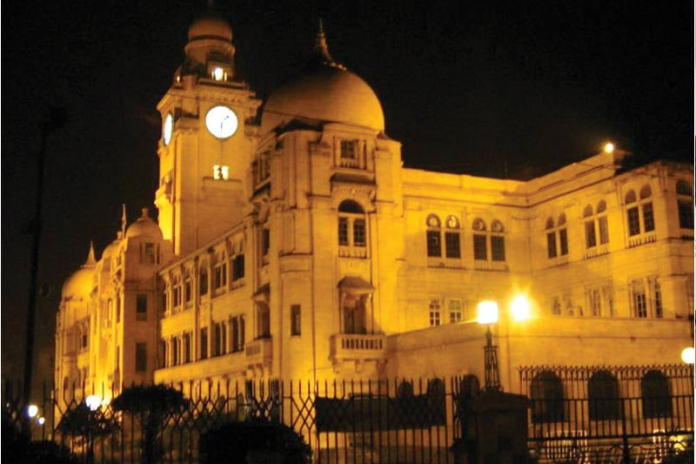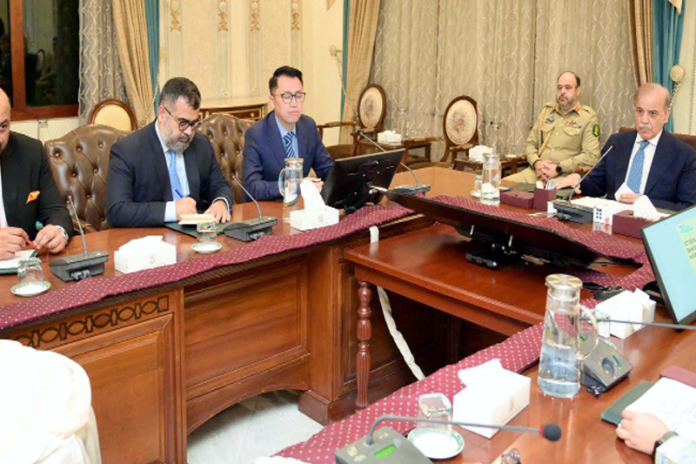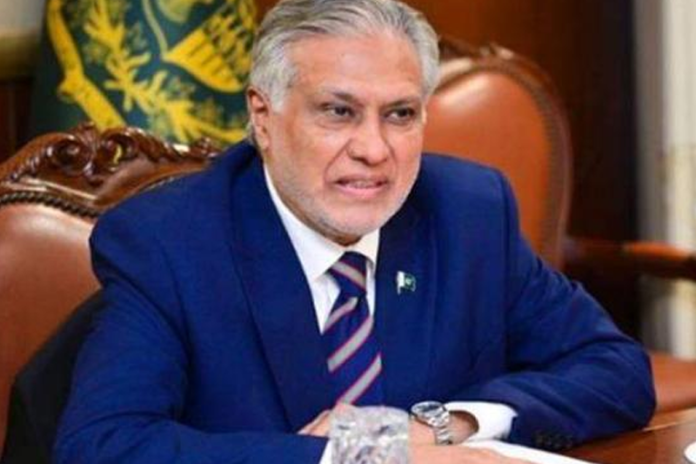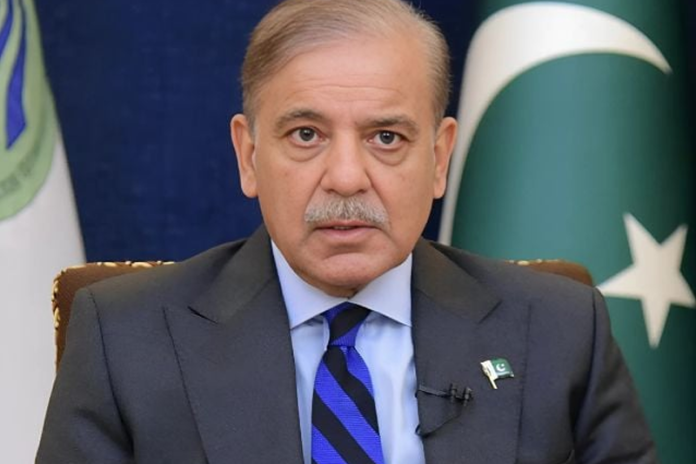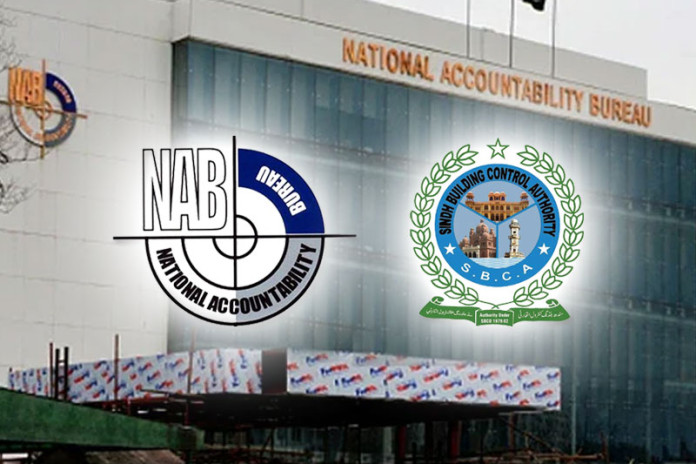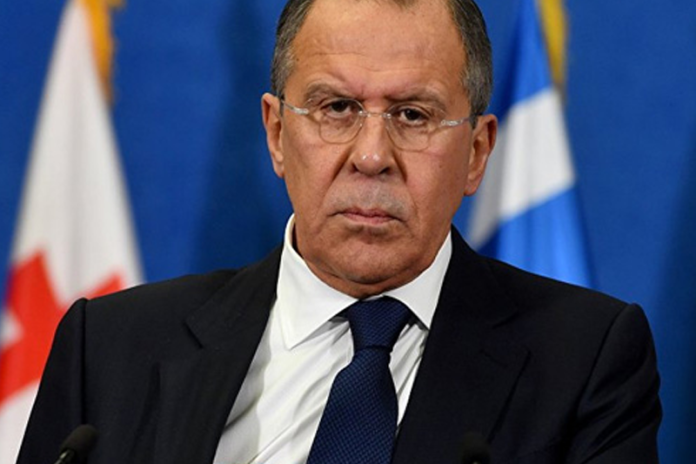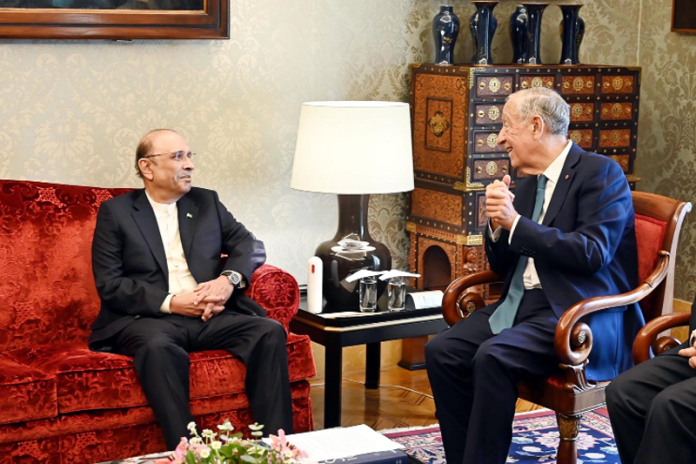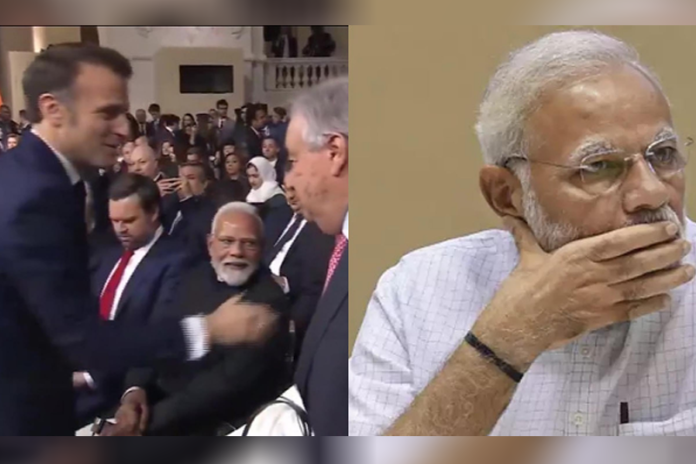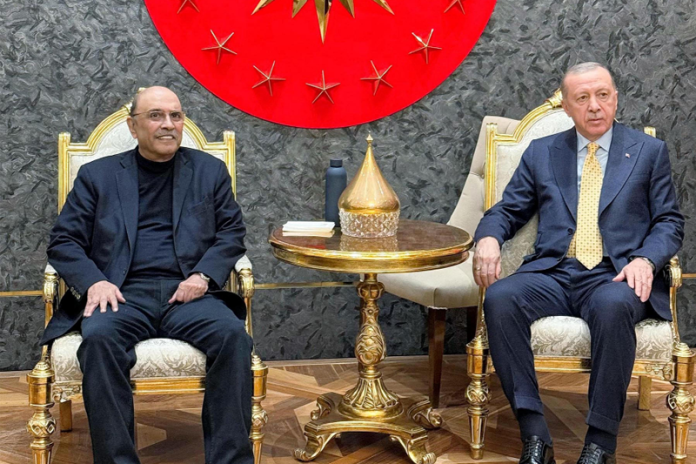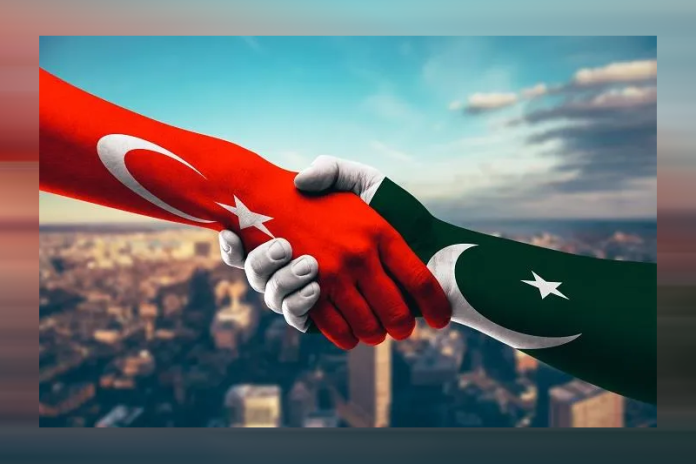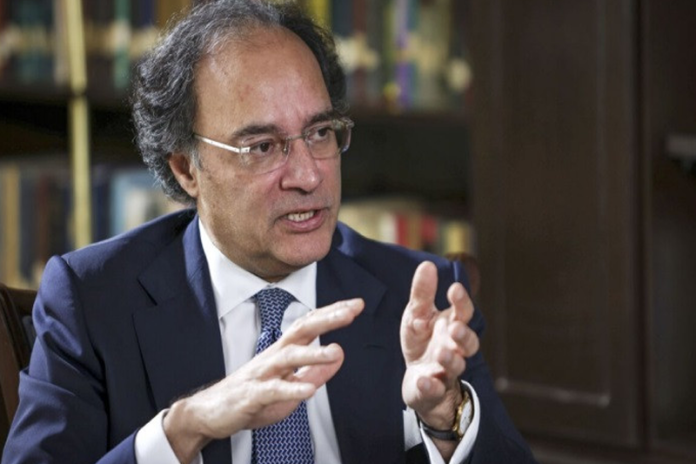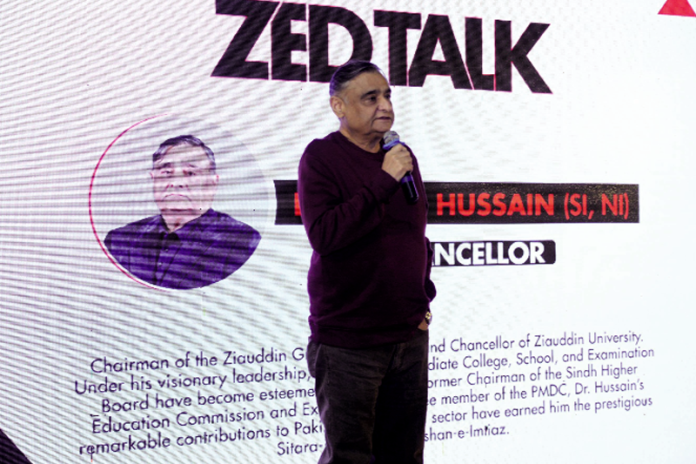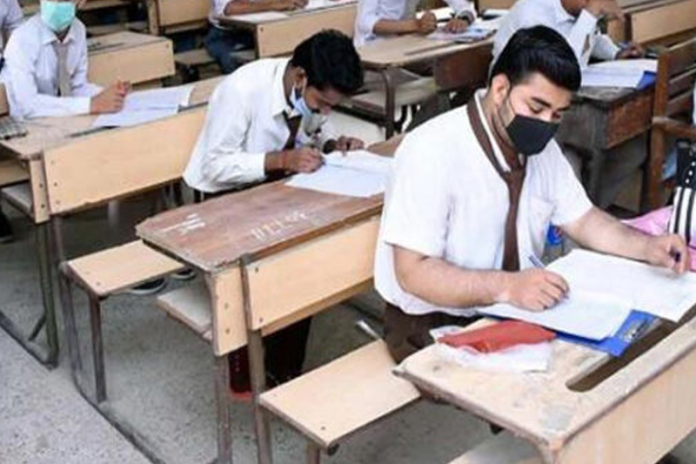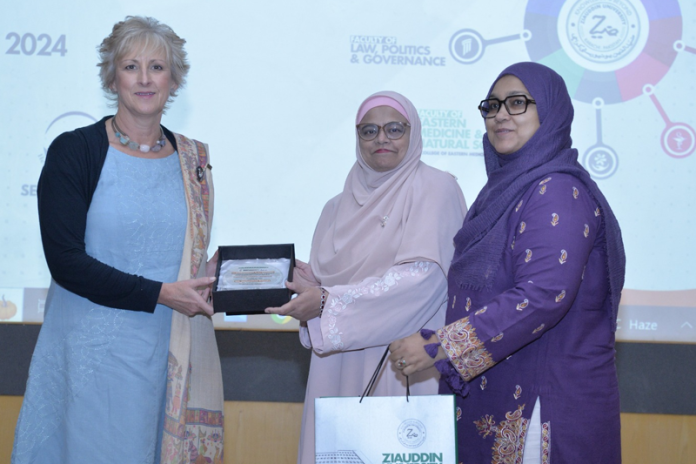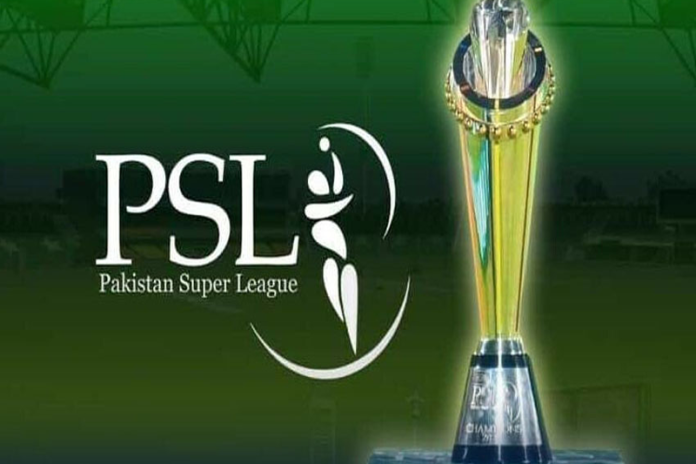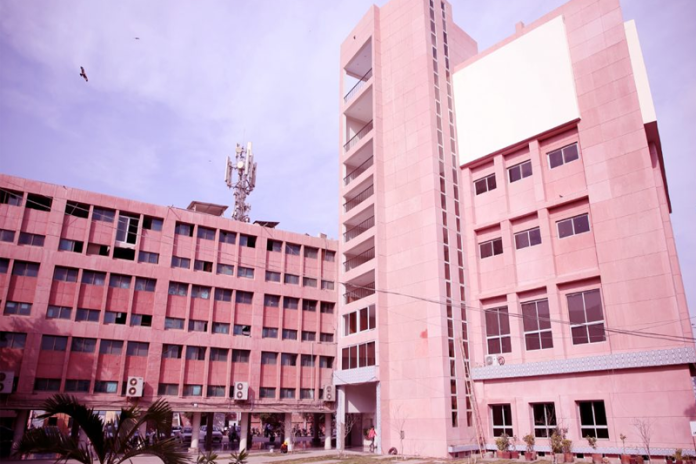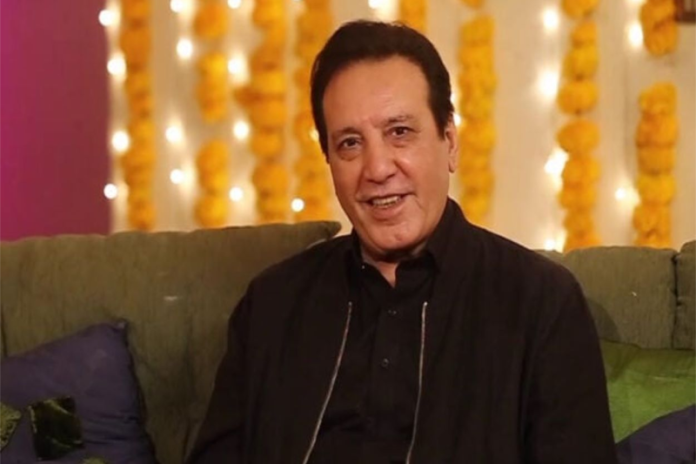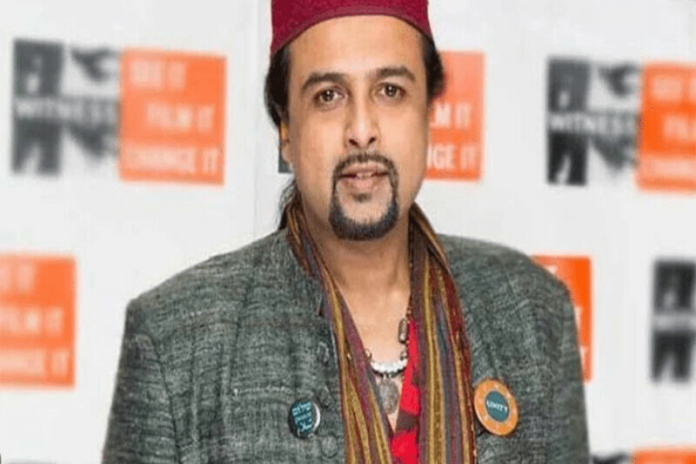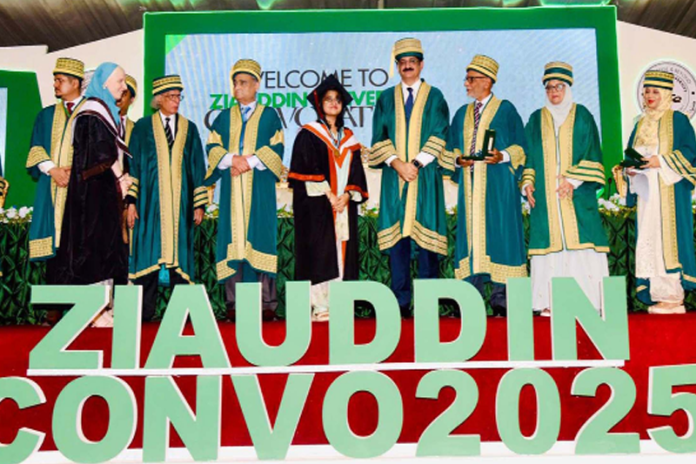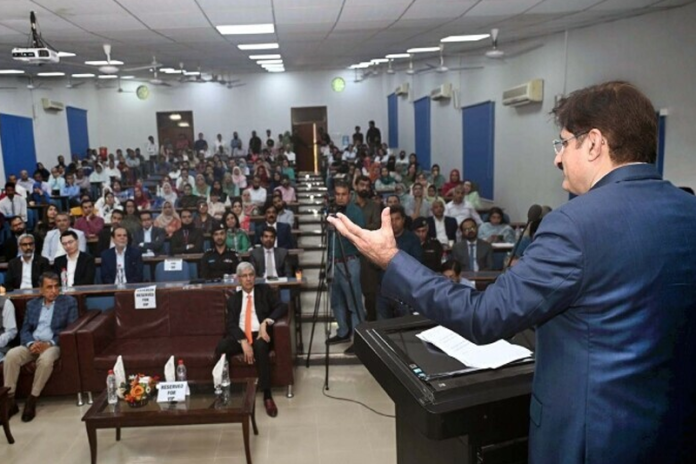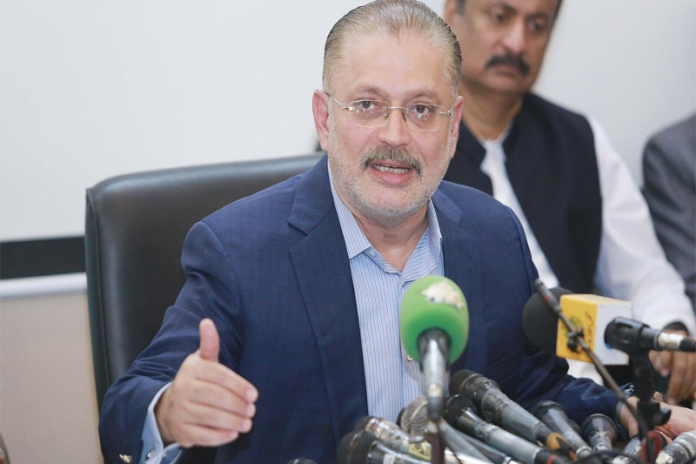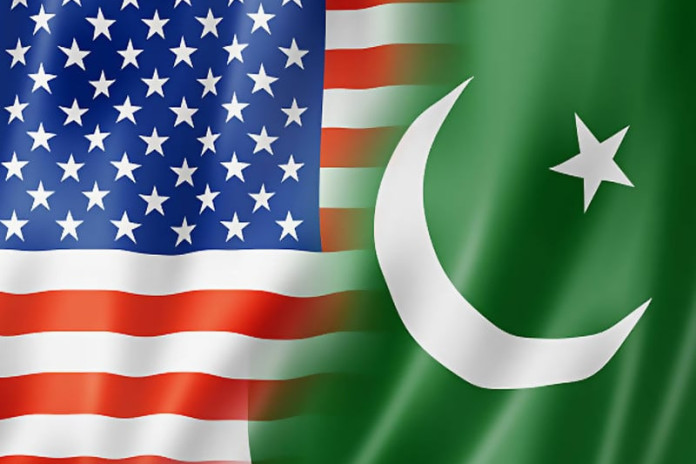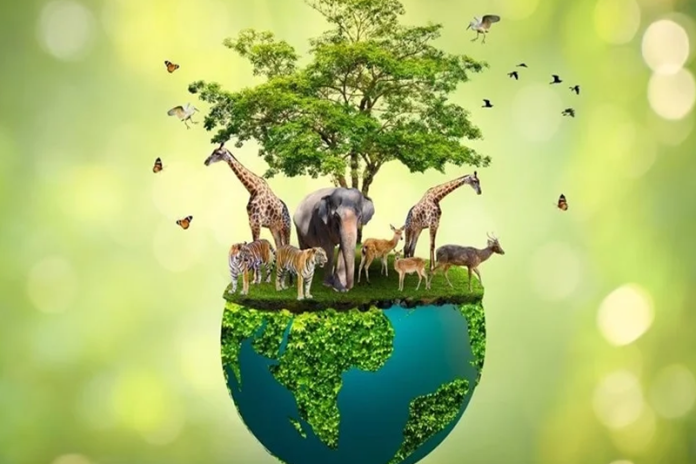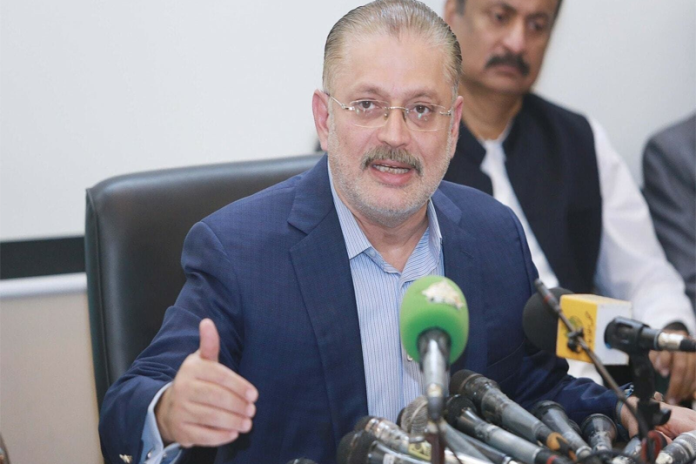The Two-Nation Theory: Foundations, Evolution, and Implications
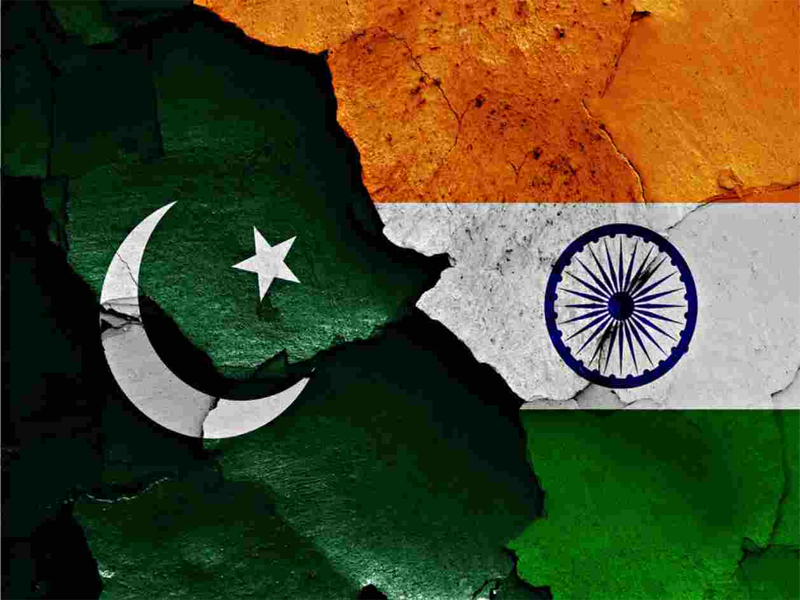
- 388
- 0
The Two-Nation Theory, a pivotal concept in the history of South Asia, played a critical role in the creation of Pakistan.
Rooted in the idea that Hindus and Muslims in British India constituted two distinct nations, the theory became a foundational principle for the demand for a separate Muslim state. Over time, it sparked significant debates about identity, religion, and politics, shaping the future of the subcontinent and influencing the relations between India and Pakistan. The theory’s origins, development, and continued relevance provide a nuanced understanding of the political dynamics in South Asia, as well as the legacy of partition that still impacts the region today. Origins of the Two-Nation Theory The Two-Nation Theory traces its intellectual roots to the early 19th century, particularly in the writings of thinkers who emphasized the religious and cultural differences between Hindus and Muslims.
While the exact term “Two-Nation Theory” was popularized during the 20th century, its basic ideas can be found in the works of Muslim intellectuals like Sir Syed Ahmed Khan. Sir Syed, a prominent figure in 19th-century India, was deeply concerned with the position of Muslims under British rule. He believed that Hindus and Muslims, despite living together for centuries, had evolved distinct religious, cultural, and social identities. For him, the idea of a unified Indian nation encompassing both groups was unrealistic. Instead, he advocated for the protection of Muslim identity and culture through education, social reform, and a focus on the welfare of Muslims in British India. Sir Syed’s views were rooted in the broader context of colonial India, where Muslims feared the dominance of the Hindu majority, particularly in the wake of the 1857 Revolt (or Indian Mutiny).
The uprising, which saw a joint effort between Hindus and Muslims against British colonial rule, was followed by harsh British reprisals. This led to a deepening sense of alienation and division between the two communities. Sir Syed and other Muslim leaders argued that Muslims could only safeguard their cultural, religious, and political rights by carving out a distinct identity, separate from the Hindus. Political Evolution of the Two-Nation Theory The political crystallization of the Two-Nation Theory can be attributed to the leadership of Muhammad Ali Jinnah, the founder of Pakistan. Jinnah’s vision for a separate Muslim state was not immediate but developed gradually in the face of the growing nationalist movements led by the Indian National Congress (INC), which was primarily a Hindu-dominated party. While Jinnah initially sought a united India with equitable rights for Muslims, his views began to shift during the 1920s and 1930s, especially as the INC, under the leadership of Mahatma Gandhi, increasingly adopted a Hindu-centric agenda. The turning point came during the 1930s, when the idea of a separate Muslim nation began to gain traction within the All-India Muslim League, which Jinnah led. In his 1930 speech at the Allahabad session of the Muslim League, Allama Iqbal, a philosopher and poet, articulated the idea of a separate Muslim state. Iqbal’s vision was rooted in the belief that Muslims, due to their unique cultural, religious, and historical experiences, could not be integrated into a unified Hindu-majority India. He argued that Muslims should be able to live according to their religious and cultural norms, which would be impossible in a state dominated by Hindu ideals. Jinnah, who had initially championed Hindu-Muslim unity, began to see the situation differently. By the mid-1940s, he was a strong advocate for the creation of Pakistan as a homeland for Muslims. In his famous 1940 Lahore Resolution, Jinnah called for the establishment of “independent states” for Muslims in the north-western and eastern zones of India.
This resolution marked the formal political birth of Pakistan as a separate nation-state for Muslims. Jinnah’s emphasis on the Two-Nation Theory was clear in his speeches, where he argued that Hindus and Muslims were distinct nations with their own religions, cultures, and traditions. According to Jinnah, the Muslim nation could not coexist with the Hindu nation in a single state because their identities were fundamentally different. This vision culminated in the demand for Pakistan, which was granted in 1947 when British India was partitioned into two independent dominions: India and Pakistan. The Impact of the Two-Nation Theory on Partition The partition of British India in 1947 was the culmination of the political and ideological struggles surrounding the Two-Nation Theory. As the demand for Pakistan gained momentum, British authorities, under Prime Minister Clement Attlee, agreed to divide India into two separate nations: a secular India for the Hindu majority and Pakistan for the Muslim minority. The partition, however, was not a peaceful process. It triggered one of the largest mass migrations in history, as millions of Muslims, Hindus, and Sikhs moved across the newly drawn borders. The division led to widespread violence, with communal riots, killings, and the displacement of millions of people, a tragic consequence of the ideological divide between Hindus and Muslims. The partition also brought about deep-seated animosity between India and Pakistan, with both nations claiming Kashmir as their own. The Kashmir conflict, which remains unresolved to this day, is a direct legacy of the Two-Nation Theory and the partition. The theory not only shaped the creation of Pakistan but also laid the foundation for the contentious relationship between the two nations. Criticisms and Counter-Narratives to the Two-Nation Theory While the Two-Nation Theory is a central idea in Pakistan’s creation, it has faced significant criticism, both from within the subcontinent and from international observers.
Critics argue that the theory oversimplified the complex, pluralistic nature of Indian society, where Hindus and Muslims had coexisted for centuries and shared many cultural and social practices. The theory, they contend, ignored the significant overlap between the two communities in terms of language, customs, and traditions. Many Muslim leaders who had initially been part of the Indian nationalist movement, including Maulana Abul Kalam Azad, argued that Muslims and Hindus were part of a single Indian nation, and their differences could be bridged through democratic institutions. The secular vision of Indian nationalism, championed by leaders like Jawaharlal Nehru and Mahatma Gandhi, stood in direct contrast to the religious nationalism embedded in the Two-Nation Theory. Gandhi, in particular, emphasized the unity of all religions in India and rejected the notion that Muslims and Hindus were distinct nations. His vision of a united India based on inclusivity and religious tolerance remains a cornerstone of India’s political identity today. In Pakistan, the Two-Nation Theory’s emphasis on Islamic identity has been a source of both unity and division. While it provided the foundation for the creation of Pakistan, it has also led to debates about the role of religion in the state.
Over time, Pakistan’s identity has been shaped by the tension between its religious foundations and the need for a more inclusive national identity that accommodates its diverse ethnic and linguistic groups. The challenge of defining what it means to be Pakistani has led to ongoing political and cultural struggles, particularly in the context of regionalism and sectarianism. The Continuing Relevance of the Two-Nation Theory Despite the criticisms and the complexities surrounding its application, the Two-Nation Theory remains relevant in contemporary South Asian geopolitics. The theory continues to shape Pakistan’s political landscape, particularly in terms of its relationship with India. The idea of Muslim identity as a defining characteristic of Pakistan has been a central tenet of its national narrative, even as the country grapples with challenges related to religious extremism, economic inequality, and political instability. The theory also continues to play a role in Pakistan’s foreign policy, especially in its relationship with India. The Kashmir conflict, the most enduring legacy of the partition, remains a core issue that continues to affect diplomatic relations between the two nations. Additionally, Pakistan’s support for the concept of an Islamic identity in the region, through organizations like the Organization of Islamic Cooperation (OIC), further illustrates the persistence of the Two-Nation Theory’s influence. For India, the Two-Nation Theory serves as a reminder of the religious divide that led to partition, and the challenges of accommodating a large Muslim minority in a predominantly Hindu nation. The rise of Hindu nationalism in recent years has sparked debates about secularism and minority rights in India, bringing the historical tensions between the two nations to the forefront. Conclusion The Two-Nation Theory, though controversial, played a decisive role in shaping the political landscape of South Asia in the 20th century. From its early intellectual roots to its role in the partition of India and the creation of Pakistan, the theory has influenced the identity, politics, and relations between the two countries.
While it has been critiqued for oversimplifying the complexities of religious and cultural coexistence, the Two-Nation Theory remains a cornerstone of Pakistan’s national identity and continues to shape its relationship with India.



